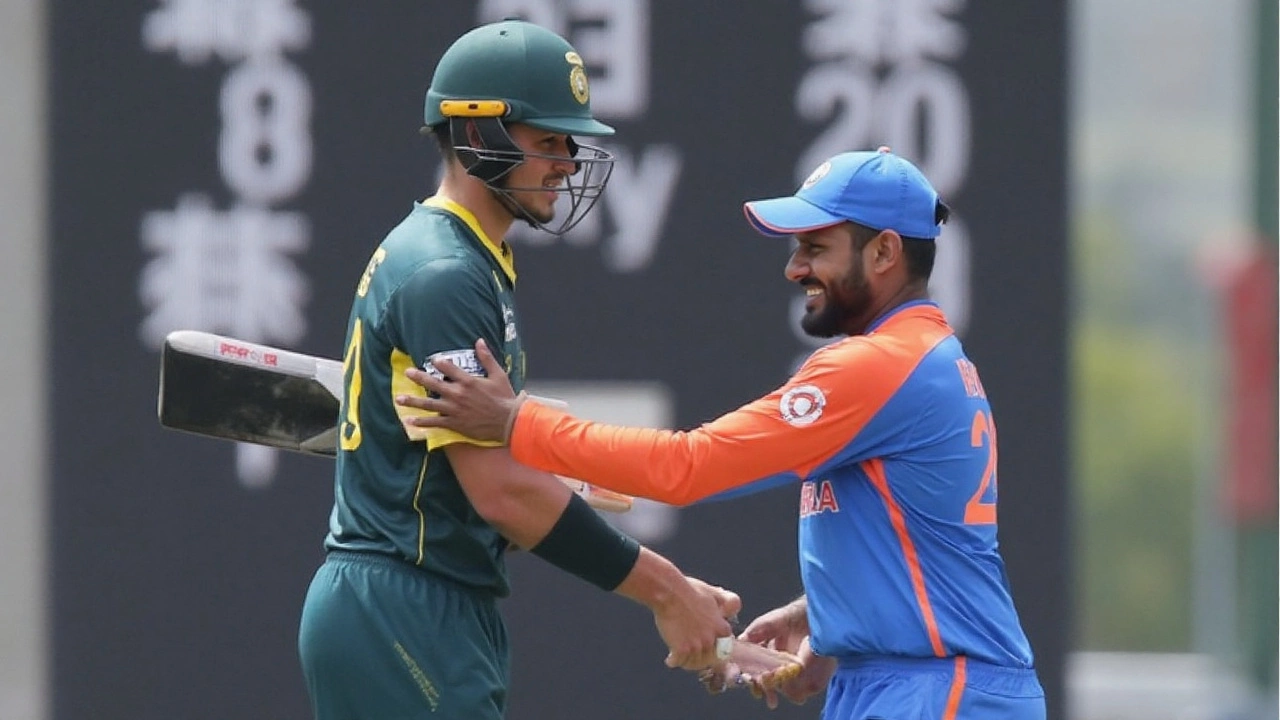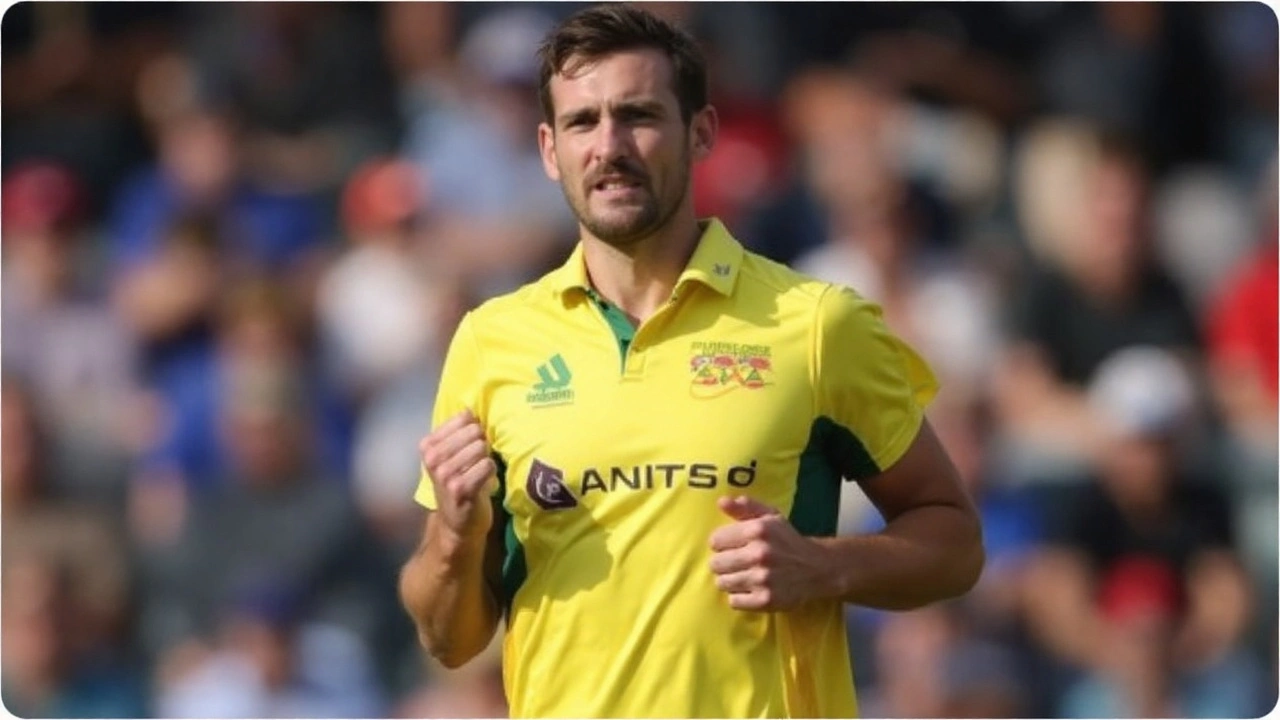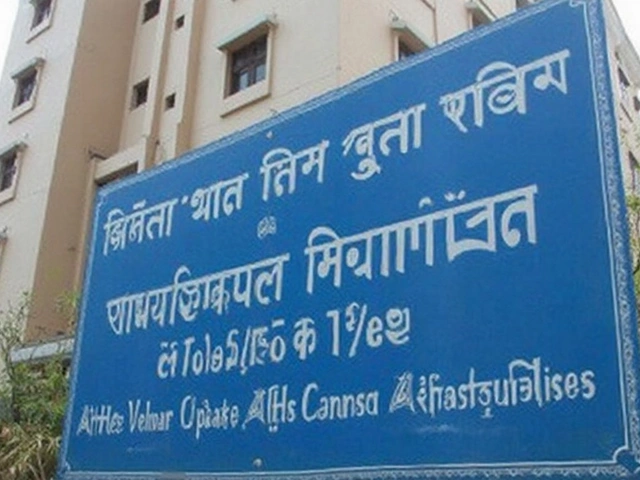Why Starc sat out the Champions Trophy
Mitchell Starc has spelled out the call that shocked plenty of fans: pulling out of the ICC Champions Trophy 2025 to protect a sore ankle and keep himself fresh for June’s World Test Championship Final. He was in Australia’s preliminary list for the eight-team event, then missing from the final 15 named in February. Cricket Australia first framed it as a personal decision with full support. Now Starc has filled in the blanks.
Speaking on the Willow Talk podcast, the left-arm quick said the ankle started barking during the Test series in Galle. He felt it most while bowling in the second Test against Sri Lanka. Nothing dramatic, but enough discomfort to raise red flags about pushing through a white-ball tournament on hard surfaces with quick turnarounds. For a fast bowler in his mid-30s, that’s a gamble you only take if the payoff is worth it.
The payoff he cares about sits in June: the World Test Championship Final against South Africa in London. He framed the Champions Trophy decision as a strategic choice. Manage the load now, target the red-ball peak then. It’s not a knock on the ODI trophy; it’s a nod to how hard it is to be at full tilt across formats, back-to-back, across continents.
It wasn’t just his body talking. Starc said he weighed up his schedule for the next few months, including the IPL and Australia’s trip to the West Indies, and planned a controlled return. The idea is simple: rehab the ankle, build bowling loads in steps, then re-enter match cricket with short spells before pushing to longer, Test-ready spells. It’s the usual ladder for quicks recovering from niggles—fix, load, then sharpen.
There was another wrinkle. When the Champions Trophy squad was confirmed, Australia suddenly had all three frontline quicks out. Pat Cummins and Josh Hazlewood were already unavailable with injuries. That left selectors trusting a newer, less-tested pace group for a high-stakes event. It’s not what you plan for, but it is the modern reality when three-format fast bowlers are managing heavy miles.
Former captain Aaron Finch didn’t sugarcoat it. He called out how brutal all-format bowling has become—hard on the body, harder still on recovery windows. His point wasn’t just about soreness. It was about the mental grind: changing lengths, balls, fields, and tactics every few weeks while flying between time zones. For bowlers, that can be where injuries start—fatigue and adaptation, more than one bad step.

What it means for Australia—and for the calendar
On the field, Starc’s absence changed Australia’s ODI balance. Without the left-arm angle and late swing he brings in the powerplay and at the death, plans had to shift. More overs fell to allrounders. Spinners covered middle-overs control. The younger quicks were asked to hold their nerve at the end. That’s a tough ask in a tournament that punishes even small lapses in execution.
Off the field, the decision fits a broader pattern. Senior quicks are picking spots. They’re aiming to be at their best for one or two formats instead of trying to dominate all three, all year. Test cricket still demands the most in terms of sustained pace, seam, and patience. If a bowler wants to be at 100% in a one-off final in English conditions, he can’t limp into it with a half-fixed ankle.
London in June usually means Dukes balls, morning nip, and long spells. That’s Starc’s planning window. He knows what he brings in those conditions when he’s fresh—new-ball swing, rough-induced reverse if the weather allows, and the left-arm shape that makes right-handers play. He also knows what happens when he’s not right: drop in pace, compromised lengths, and higher risk of doing real damage.
Cricket Australia, for its part, backed him. The language from the board and team management was consistent: personal decision, supported. That matters inside a dressing room. If you want senior players to be honest about their bodies, you can’t punish them for pulling up early. You need them available for the big days, not just the next flight.
There were some personal views involved too, Starc hinted, though he didn’t go into detail. That’s his prerogative. Players often weigh family time, travel load, and the endless shuffle between national duty and franchise leagues. Not every reason needs to be public to be valid.
So what’s next? The plan is to test the ankle under controlled pressure. A short run in the IPL can be the perfect bridge—four overs, high intensity, then rest. If that goes well, the West Indies tour offers longer spells and a step up in bowling volume. From there, a final block of red-ball preparation before London.
For the Champions Trophy, the short-term headache was obvious. Less experience with the new ball. Fewer overs of left-arm speed late. And a need to find wickets through plans rather than personnel. For the longer term, there’s a quiet upside. New quicks get real minutes. Coaches see who can hold a field together in tight finishes. You don’t learn that in net sessions.
There’s also the scheduling crunch nobody can ignore anymore. A global tournament, a domestic T20 league, a bilateral series, and a Test final—many of them stacked within months. Something has to give, and for fast bowlers, the choice usually starts with the body. The ones who last are the ones who say no before the injury says it for them.
Starc has been here before, managing injuries through a long career while still showing up in big games. The calculus this time is familiar: if the ankle behaves, he plays enough cricket to be battle-ready by June. If it flares, he backs off and resets. Either way, the goal doesn’t change. It’s to take the new ball in London and swing it hard at South Africa’s top order.
Key takeaways from his call are pretty simple:
- He felt ankle discomfort during the Sri Lanka Tests in Galle and chose rest over risk.
- The World Test Championship Final in June is his top priority, and his training is built around it.
- Australia entered the Champions Trophy without its frontline pace trio, fast-tracking newer bowlers.
- He’s eyeing the IPL and the West Indies tour as controlled steps back to full intensity, if rehab stays on track.
It’s never ideal to lose a player of Starc’s impact for a major tournament. But the logic is sound. Fast bowling careers are marathons, not sprints, and London in June is the finish line he’s set his sights on.



